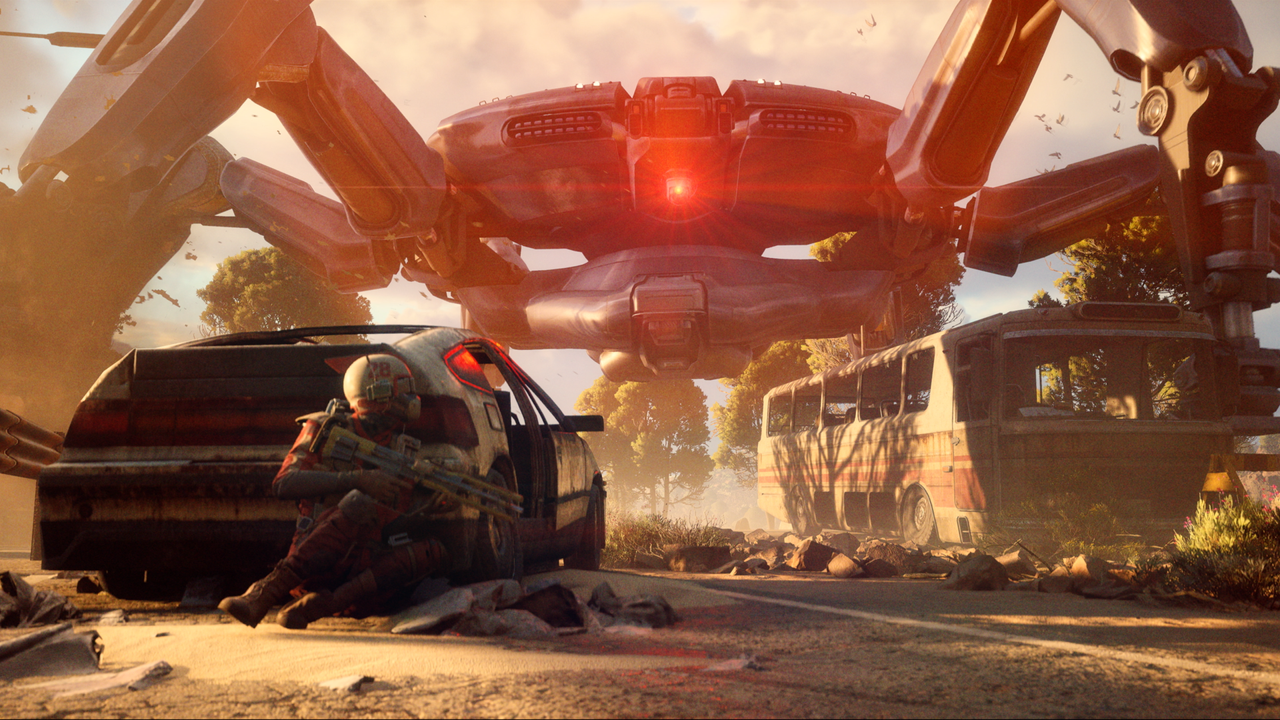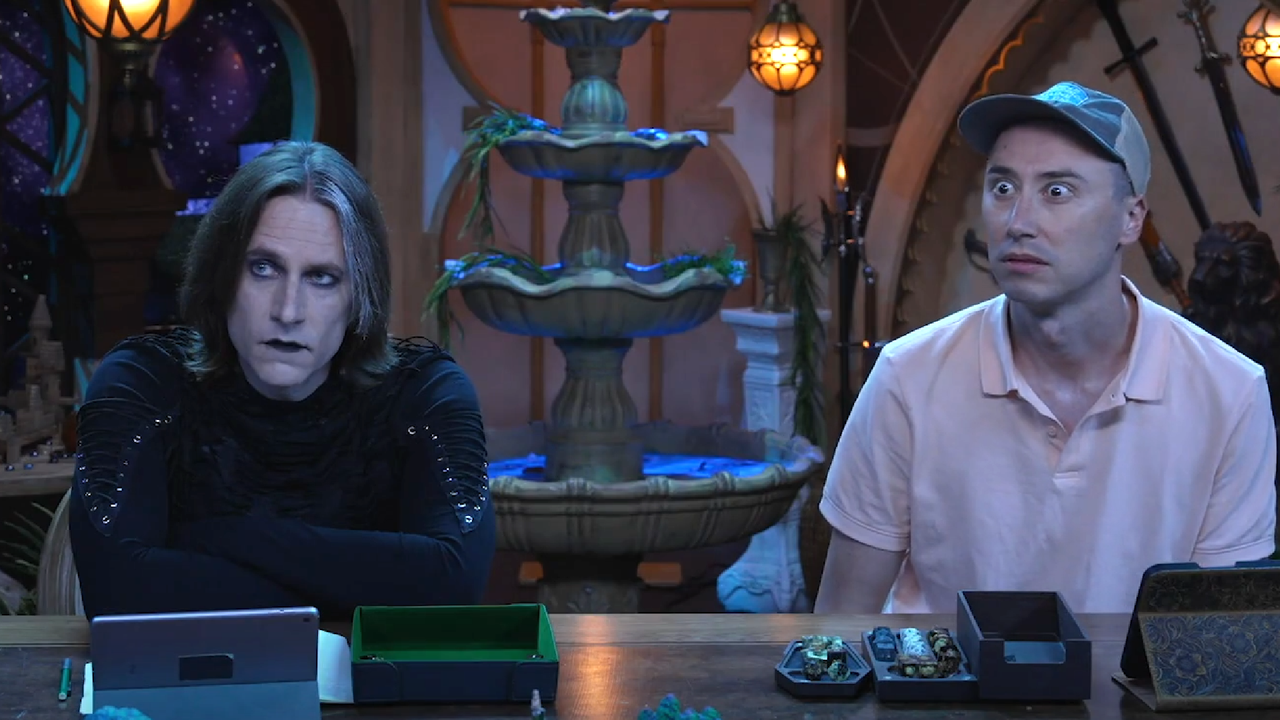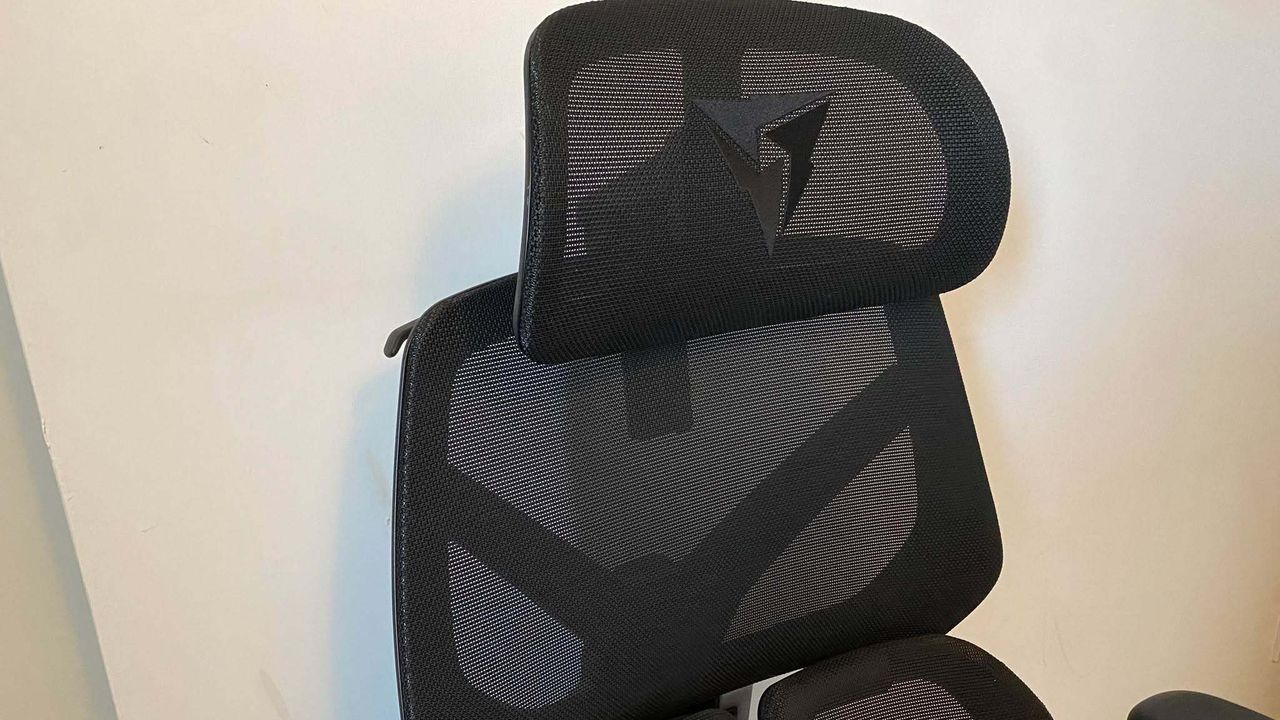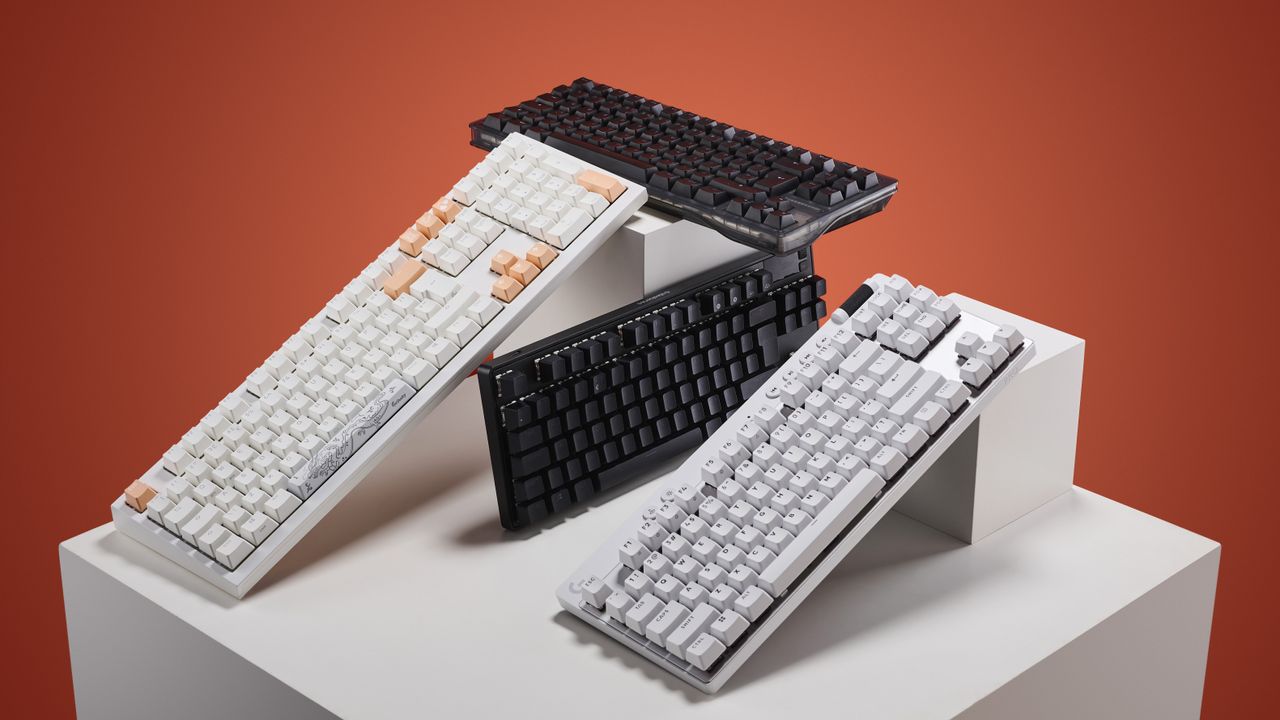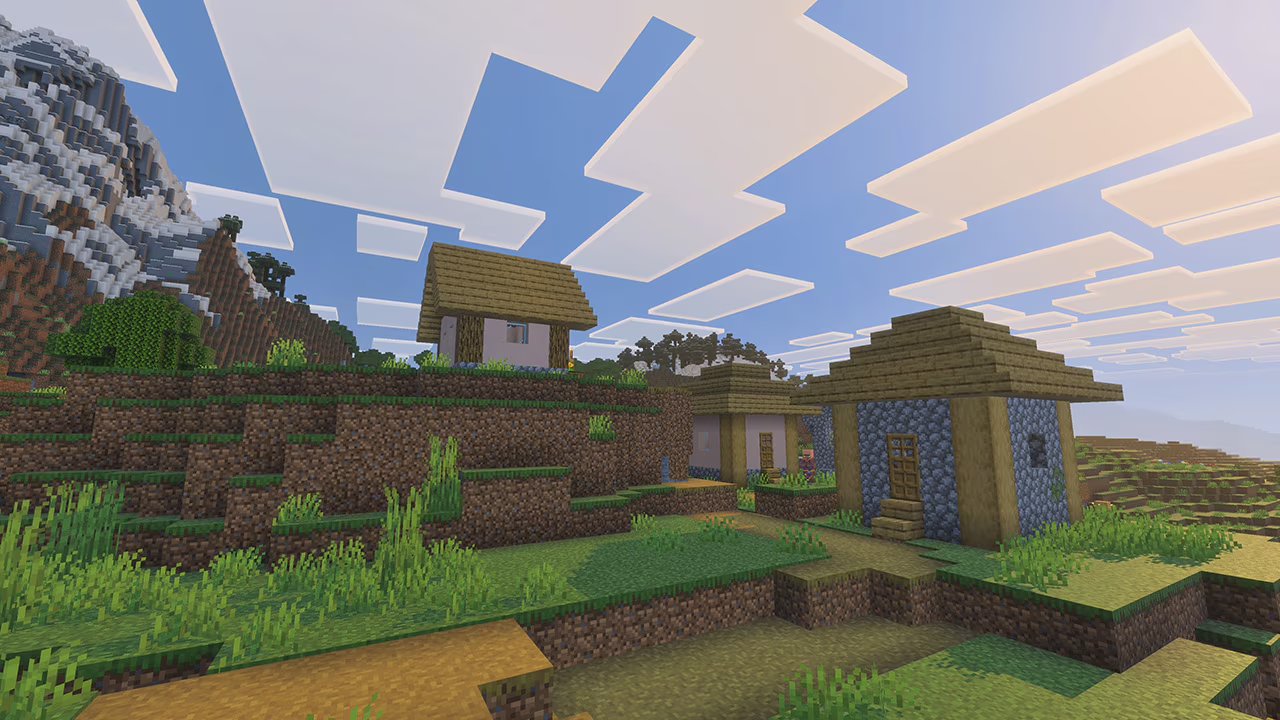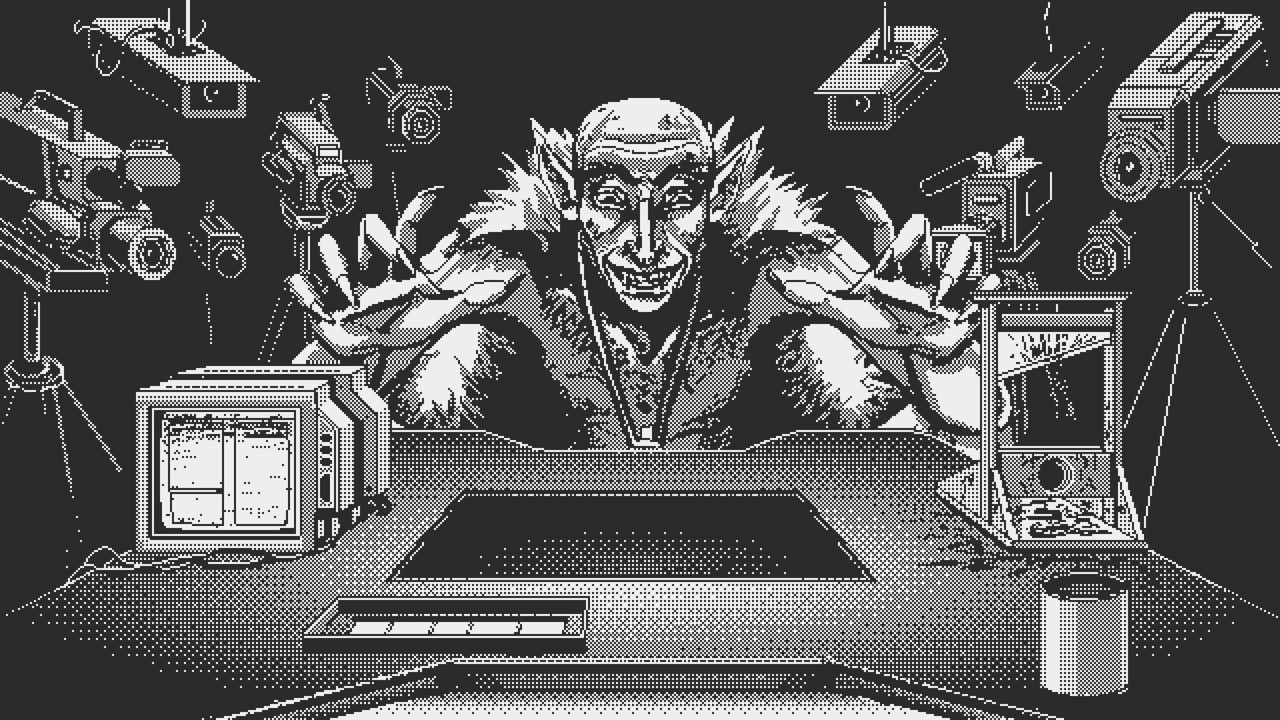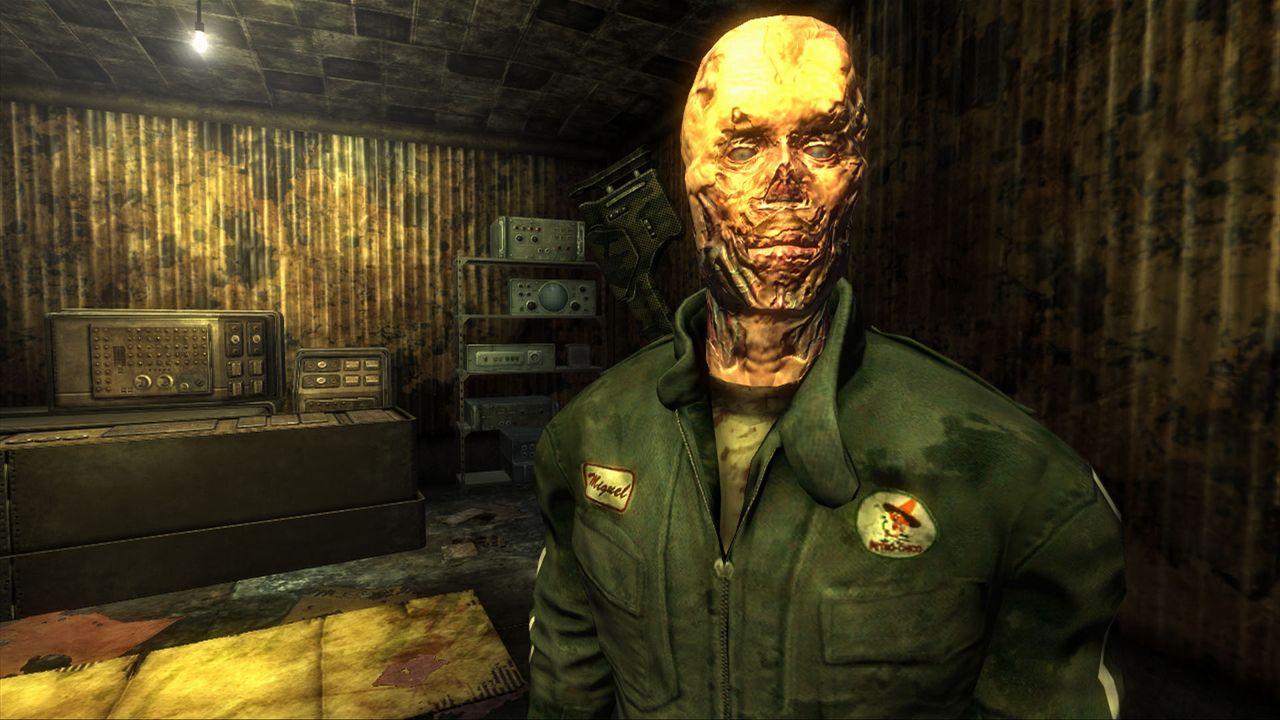
From the series’ earliest 2D entries, to Ryu's critically acclaimed foray into 3D, Ninja Gaiden has hacked and slashed its way to the top of the hyper-violent action games genre. And while countless ninja games have been released since the 1988 NES original, Ninja Gaiden still remains relevant nearly 40 years later.
But why is that? Let’s take a look back to when this series found its core game design DNA, with its early use of cinematics, narrative-driven gameplay, and innovation in difficult but rewarding challenges (not to mention, one of the sickest finishers ever in a video game.) From there, we’ll chart the course of Ninja Gaiden to see how it has kept its blade sharp over the decades, and why it remains one of the most influential action series of all time.
Defining The Great Line
The year is 1988. Arcades are a dominant force thanks to the likes of Double Dragon, Ghouls & Ghosts, and Contra. These are all excellent games in their own right, but little did the world know that one of the most important ninja games of all time was about to be released. Ninja Ryūkenden, the game we in the western world now know as Ninja Gaiden (because, according to the game’s art director, “it sounded cool,”) launched with two dramatically different versions. The arcades saw a Double Dragon-inspired port, which while popular at the time, was dramatically different from the NES console version of Ninja Gaiden we would all come to know and love.
Ninja Gaiden was an unexpected revolution in action games. Overnight, it redefined what video games were capable of thanks to its difficult but gratifying combat, narrative-driven gameplay, and one of gaming’s first uses of cinematic cutscenes to tell its story.
Today, you’d be hard-pressed to find a major release without some sort of cutscene or narrative break, with some even feeling more like interactive movies than video games. In the early days, though, this simply wasn't the case. The majority of games on the NES used a single static image with text and music to bookend a game's story, something you could only very loosely call a cutscene. Games like Castlevania or The Legend of Zelda, which featured stories that demanded more explanation, would require you to open up the manual and find it yourself, rather than find it in the game. And yes, while hardware was a limitation, that wasn’t the only reason. Western and Japanese versions of some NES games varied dramatically in narrative, tone, and marketing. Such variations were due to the fact that, at the time, video games were still considered to be primarily for kids, which each territory’s version tweaked for their respective younger audiences.
One of Ninja Gaiden’s goals was to change that. Developer Tecmo used a Hollywood blockbuster-like approach to elevate its storytelling for mature audiences. The game starts with a cutscene of two ninjas duelling to the death in a grassy moonlit field. Like a “big budget” movie, it utilized fast cuts, cinematic camera work, a widescreen aspect ratio, and expressive music to set up the death of Ryu’s father, the inciting incident that leads you on a game-long quest for revenge. Revenge narratives weren't new to video games, but that kind of cinematic setup sure was. In just a few seconds, we went from video games with little to no storytelling, to anime-inspired cutscenes and dialogue motivating you to complete your journey. This level of storytelling marked a major step forward in the perception of video games, proving they could be so much more than a child’s toy. Now, video games could also be an engaging platform to tell a captivating story.
Cutscenes, however, aren't the only thing that made Ninja Gaiden stand out all those years ago. Tecmo’s game design also made significant strides, and Ninja Gaiden proved to be uniquely challenging to gamers of the 8-bit generation. Instead of having to time jumps and memorize level layouts like in early Mega Man and Mario games, Gaiden’s high difficulty, high reward gameplay tied progression to skill development and a player’s ability to master the game’s combat mechanics.
Before Ninja Gaiden, most “hard” games were purposefully designed to be challenging because it was an easy way to pad out the run time (or, in the case of the arcade, make sure our pockets were noticeably lighter when we left.) While some games, like early Mega Man, Castlevania, and Mario games, did demand a level of skill to beat, their difficulty was mostly based on level memorization. Ninja Gaiden was one of the first games to take the idea of high-challenge, high-reward and mould it into something enjoyable. You’re going to die a lot, but after enough frustrating failure (those dogs at the start of the game are no joke, and don't even get me started on the flying enemies in later stages) you’ll quickly find yourself playing with a mix of defensive dodging and aggressive strikes, and having a lot of fun while you do them.
Stage 1-1 is a masterclass in this philosophy, teaching players that challenge can be rewarding. The first stage in most games typically acts as a tutorial. Super Mario Bros. teaches players how to jump with little difficulty. Metroid forces the player to backtrack in order to gain the morphball ability, teaching players the necessity of exploration. And Sonic quickly demonstrates the need for speed. By immediately thrusting you into combat, Ninja Gaiden’s first level not only explains the game's core mechanic of kill or be killed, but also demonstrates that enemies can come from all directions, even behind you. The game's tutorial level is a trial by fire that teaches you to strike first and strike fast. That skill is continually reinforced throughout the game, requiring a lot more trial and error as things get progressively harder.
Sounds familiar, doesn't it? While the first true “soulslike” game wouldn't be released for another 20+ years, it's not hard to see Gaiden's DNA in Demon’s Souls, Bloodborne, and every other soulsborne game since. This challenging and, at times, frustrating game design not only solidified Ninja Gaiden’s NES adventure as one of the 8-bit era’s best games, but also helped shape the next generation of Ryu’s adventures on the Game Boy, SEGA’s Master System, and, a decade later, the original Xbox.
Bury Me in Black
The sixth generation of video games featured some of the most influential games of all time. Grand Theft Auto: San Andreas. Resident Evil 4. Halo: Combat Evolved. Kingdom Hearts. Metal Gear Solid 3. The list goes on and on. So, it would take a forward-thinking (not to mention generation-defining) entry in the Ninja Gaiden series to cut its own place in what many consider one of gaming’s best generations. For Ninja Gaiden, no fewer than three games kept the series sharp during a time where the competition was fierce and groundbreaking innovation was everywhere.
A few years earlier, Tecmo had established a new internal studio to develop Dead or Alive. But by the turn of the millenium, that studio – now named Team Ninja – had begun work on a new Ninja Gaiden. That project would become 2004’s Ninja Gaiden, released exclusively on Microsoft’s new Xbox console. Its expanded 2005 release, Ninja Gaiden Black, is considered one of the greatest action games of not only the sixth generation, but of all time. IGN gave it an incredibly high score of 9.4, praising its fast-paced combat, its hard but rewarding gameplay, and action. Sounds familiar, doesn't it?
Similar to the original, this new take on the series had the goal of redefining the standards of what an action game could be. While the cutscenes looked great for the time, it’s Ninja Gaiden’s gameplay that would once again shine and raise the bar for challenging action games across the board, while still emphasizing the strike hard, strike fast precision and timing from the NES era games.
Combat is more chaotic and aggressive now that Ryu can be attacked in three dimensions, and parrying incoming attacks relies heavily on timing and rhythm. You can't just button mash your way through enemies – it requires a more methodical approach with each encounter, something you hone through a lot of death. Just like in the first game, you're taught this right off the bat as you find yourself fighting two very annoying ninjas on a cliffside. Rhythm, timing, and enemy behavior are important here. Foes can attack you from all sides and quickly overwhelm Ryu. Choosing when to attack, when to dodge, and when to avoid enemies ends up becoming a meta game of rock, paper, scissors, and it’s something we’ve seen in countless games since – from the Batman Arkham series to practically every Souls game ever.
For some players, myself included, Ninja Gaiden Black was one of the first games where, even though the gameplay could get extremely frustrating at times, it was pretty hard to put down once the game's core mechanics were figured out. For me, it wasn't until I beat the first boss, timing my strikes and dodges by finding the right balance between patience and aggression, that I understood how rewarding Ninja Gaiden could be.
By the time the final boss comes stomping around, I’d been trained to fight in such a way that the entire event feels cinematic based on its gameplay, not cutscenes. Instead of cheesing the boss and spamming the attack button a million times until their health bar hits zero (which is how I unsuccessfully played at the start of the game,) I found myself dodging and parrying in ways I simply couldn't early on in the game.
This is a journey that's found in pretty much every high-difficulty, high-reward game to this day. But if you take a step back and think about it, by forcing the player to “get good”, or at least achieve some semblance of a flow state, the combat actually becomes a narrative device that helps progress the story. By combining parries, dodges, and attacks with razor precision, you grow alongside Ryu. You get stronger alongside Ryu. And, most importantly, by the end, you fight like a master Ninja. It’s just like what the first game achieved, way back in 1988.
Never Fade Away
While not as impactful as the 2004 release, Ninja Gaiden 2 and 3 went on to receive critical acclaim and multiple re-releases and revisions. These games improved on what made the original Xbox release so meaningful, pushing Gaiden’s precise combat and difficulty into the next console generation.
Unfortunately, the franchise didn't cut through the competition in quite the same way Ninja Gaiden Black did at the height of the sixth console generation. And so it wasn't until well over a decade later that indie developer The Game Kitchen would revitalize the series with Ninja Gaiden Ragebound. What’s old is new again. Ragebound took the series back to its 2D roots, adding more to the lore of Ninja Gaiden, and perfecting the series’s difficult-but-fair gameplay for a new generation of side-scrollers. It went on to be considered one of the best entries in the series, according to the IGN audience, and I concur. What’s more, it helped pave the way for the latest instalment, Ninja Gaiden 4, which looks set to raise the bar again for a new generation of hyper-violent and tough action games.
It’s impossible to overstate the impact Ninja Gaiden has had on action games over the years. Its DNA can be found in hundreds of great games – echoes of its excellent combat mechanics, crushing difficulty, and use of cinematics can be found everywhere in the genre. Simply put, action games as they are today simply wouldn’t exist without the influence of Ninja Gaiden.





